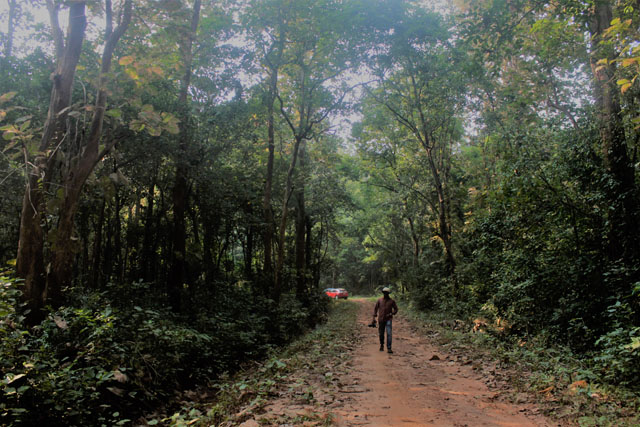Barbara Forest: Odisha’s Untouched Wilderness
A mix of history, wildlife, and tribal culture, Barbara Forest is a peaceful, offbeat haven for those who want to soak up the unspoiled beauty of Eastern India.
Tucked away in the lap of Odisha is one of the state’s best-kept secrets—Barbara Forest, a lush, ancient forest of soaring teak and sal trees, endangered fauna, and an evocative colonial heritage. A mix of history, wildlife, and tribal culture, Barbara Forest is a peaceful, offbeat haven for those who want to soak up the unspoiled beauty of Eastern India.
A Forest with a Dark Past
The forest is Asia’s biggest natural reserve of teakwood, and some trees are well over 80 feet tall. But what really makes Barbara Forest stand out isn’t its trees—it’s the sad history behind the name. A legend exists that a British woman named Barbara was tragically killed by a tiger here in the late 1800s on a hunting expedition. As a tribute to her, the British gave the forest her name.
Today the forest is an icon of resilience, both natural and cultural. It’s not only trees and animals that inhabit here—the indigenous Sabar tribe resides here as well, and to them the forest is sacred, with each tree being treated as a living entity.
Wildlife and Natural Wonders
Barbara Forest is a heaven for nature enthusiasts. It’s also one of the very few places where you can see giant squirrels leaping from tree to tree, or catch sight of a herd of wild elephants, sambars, and bison. For birding enthusiasts, the forest is a treasure house. From woodpeckers and hill mynas with their bright plumage to the white-rumped shama who is so shy he avoids human eyes and the striking paradise flycatcher, there’s no lack of avian delights.
The forest also harbors several rare medicinal crops and orchids, the majority of which are unique to Odisha.
How to Get There
Getting to Barbara Forest is fairly easy if you’re prepared for a bit of adventure:
• By Air: The nearest airport is Bhubaneswar’s Biju Patnaik International Airport, about 120 km away.
• By Train: The closest rail station is Balugaon, around 25 km from the forest. Taxis or local auto-rickshaws can take you the rest of the way.
• By Road: If you’re driving, head south from Bhubaneswar toward Banpur. The road is full of scenary, especially as you approach the forest area. A four-wheeler is recommended due to the rough terrain in the final stretch.
Where to Stay
There are a couple of rustic but charming options for staying near the forest:
• Forest Rest House (FRH): A colonial-era bungalow built by the British in 1912 still stands and is occasionally available for overnight stays (with prior booking through the forest department).
• Berbera Nature Camp: This eco-camp offers basic cottages and tented accommodation nestled deep in nature. It’s a great base for forest treks and wildlife watching.
Best Time to Visit
The best time to visit Barbara Forest is from October to February, when the weather is cool and dry. Summers can be hot and dry, while the monsoon (June to September) brings lush greenery but also slippery trails and limited access.
Travel Tips
• Hire a guide to help you explore safely and learn about the forest’s ecology and culture.
• Entry may require permission from the Forest Department, especially if you’re staying overnight.
• Carry water, snacks, a flashlight, insect repellent, and wear comfortable shoes for trekking.
• Avoid venturing deep into the forest without a guide, especially after dark.
Why Visit Barbara Forest?
Barbara Forest is not just a destination—it’s an experience. You stroll under trees that have stood there for millennia, listen to unplaceable birdsong, and breathe air so pure it feels like it has never been touched by time. It’s a unique combination of nature, heritage, and tribal spirituality that encourages you to slow down and become one.
Whether you are a birder, a photographer, a wildlifer, or just someone looking for solitude, Barbara Forest has something very special to give you—an unspoiled window to the heart of Odisha.

